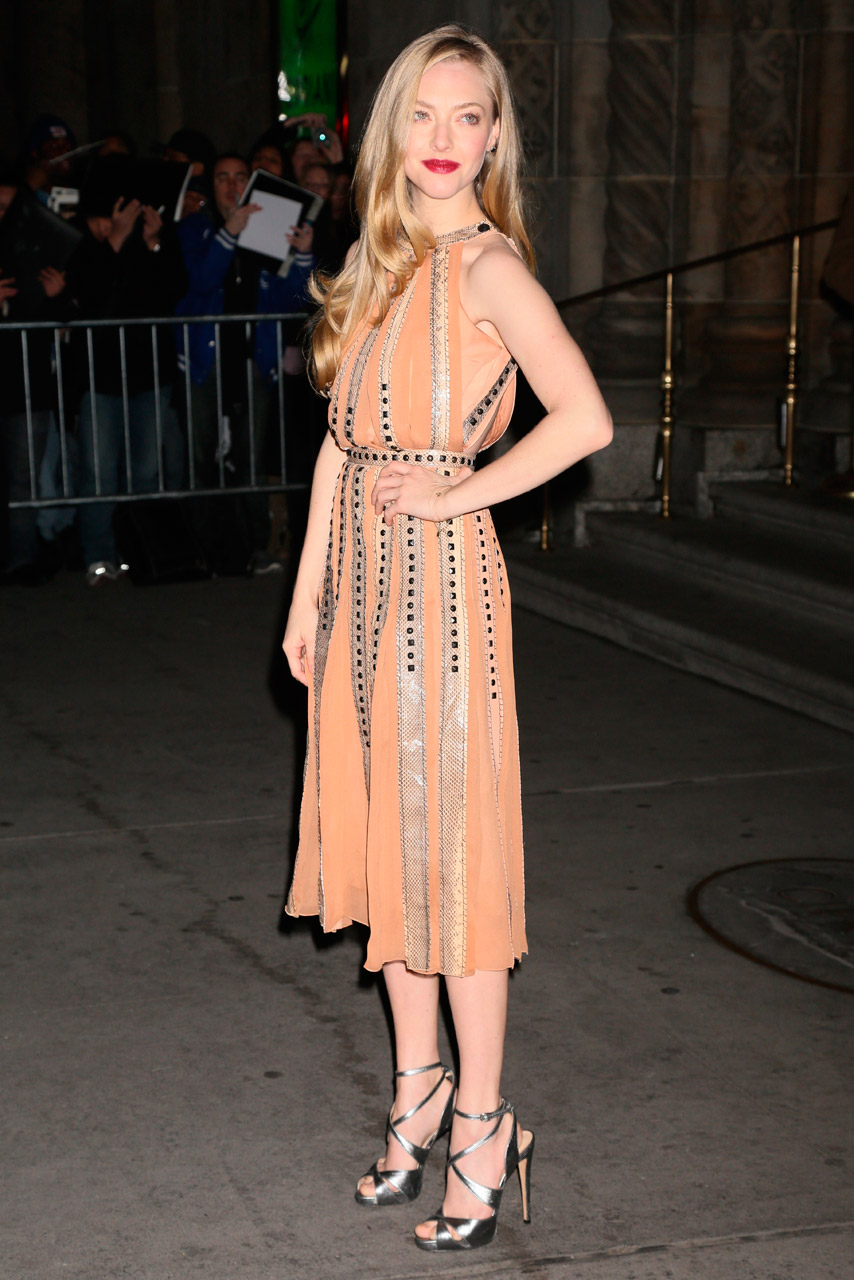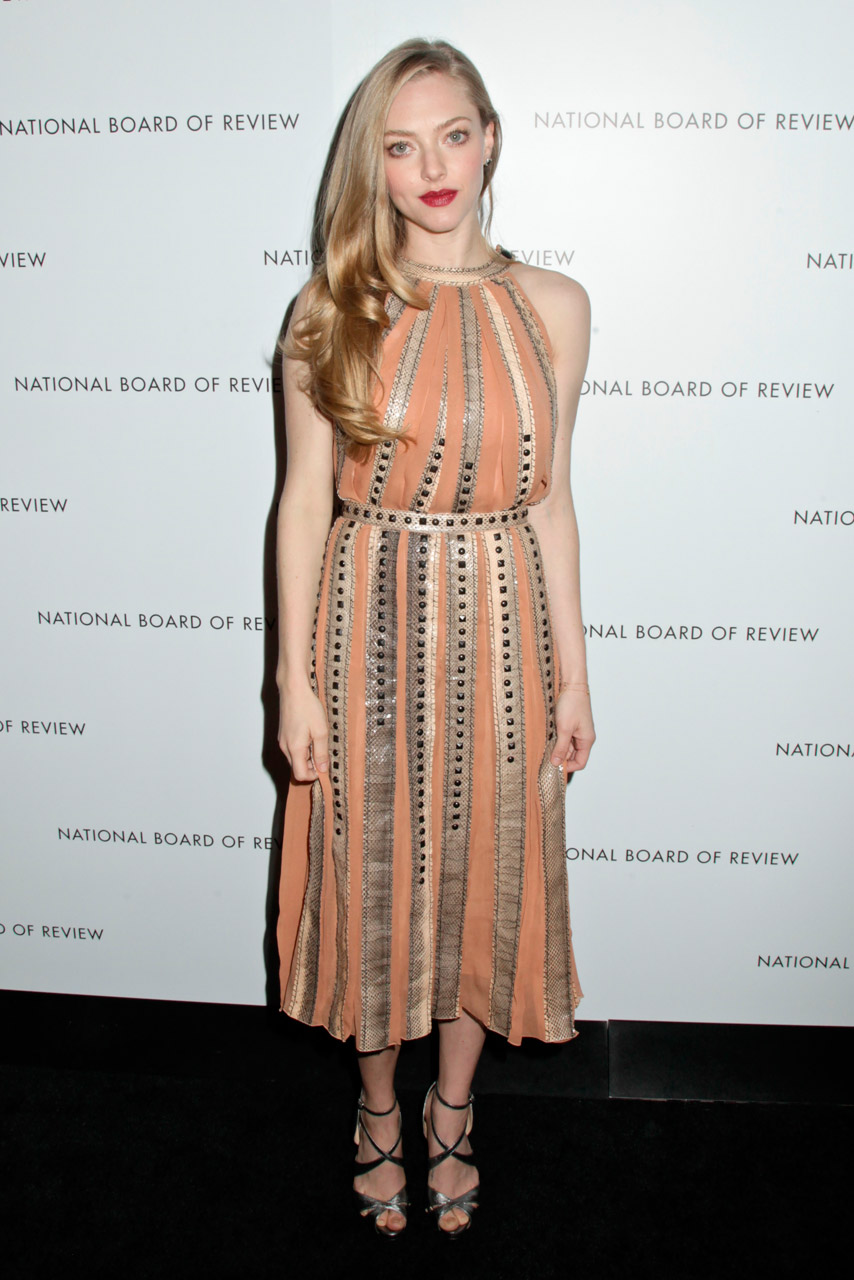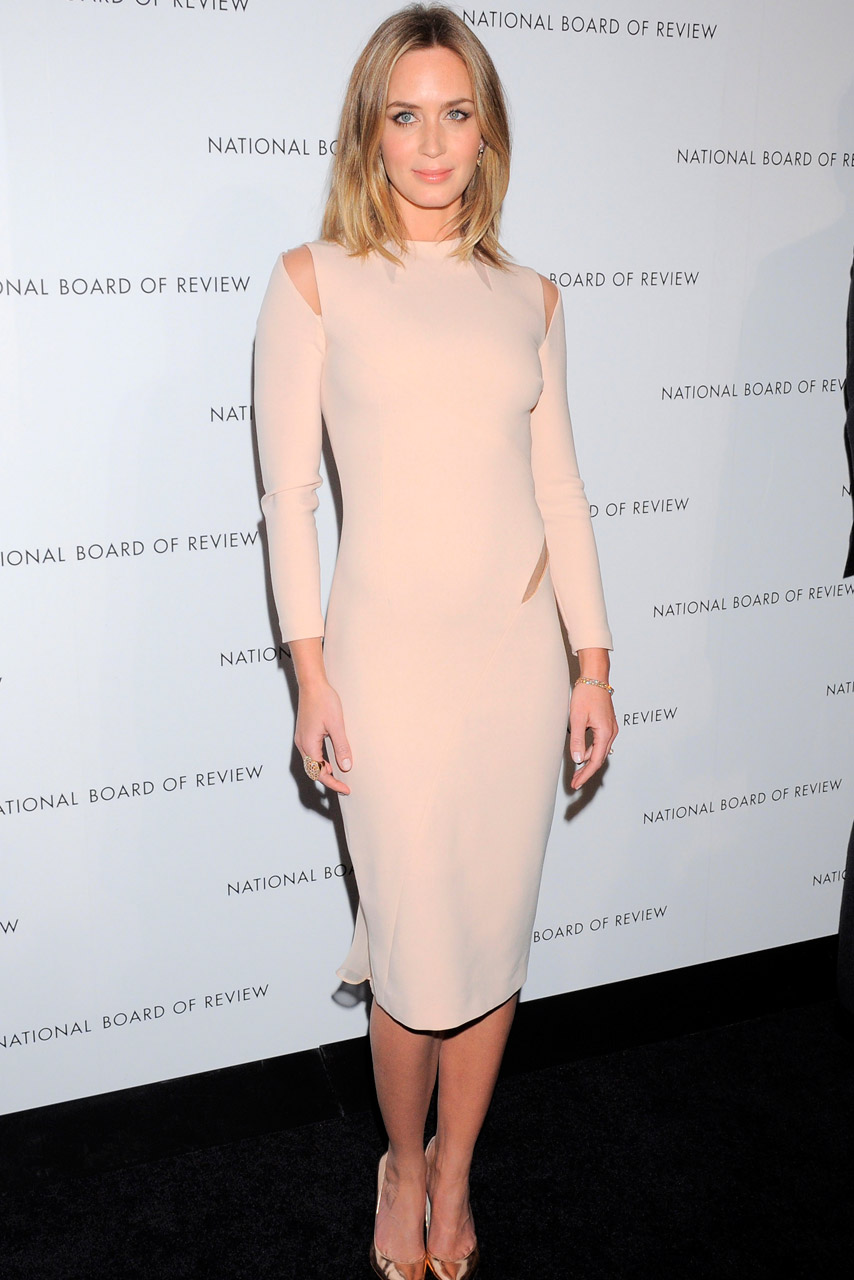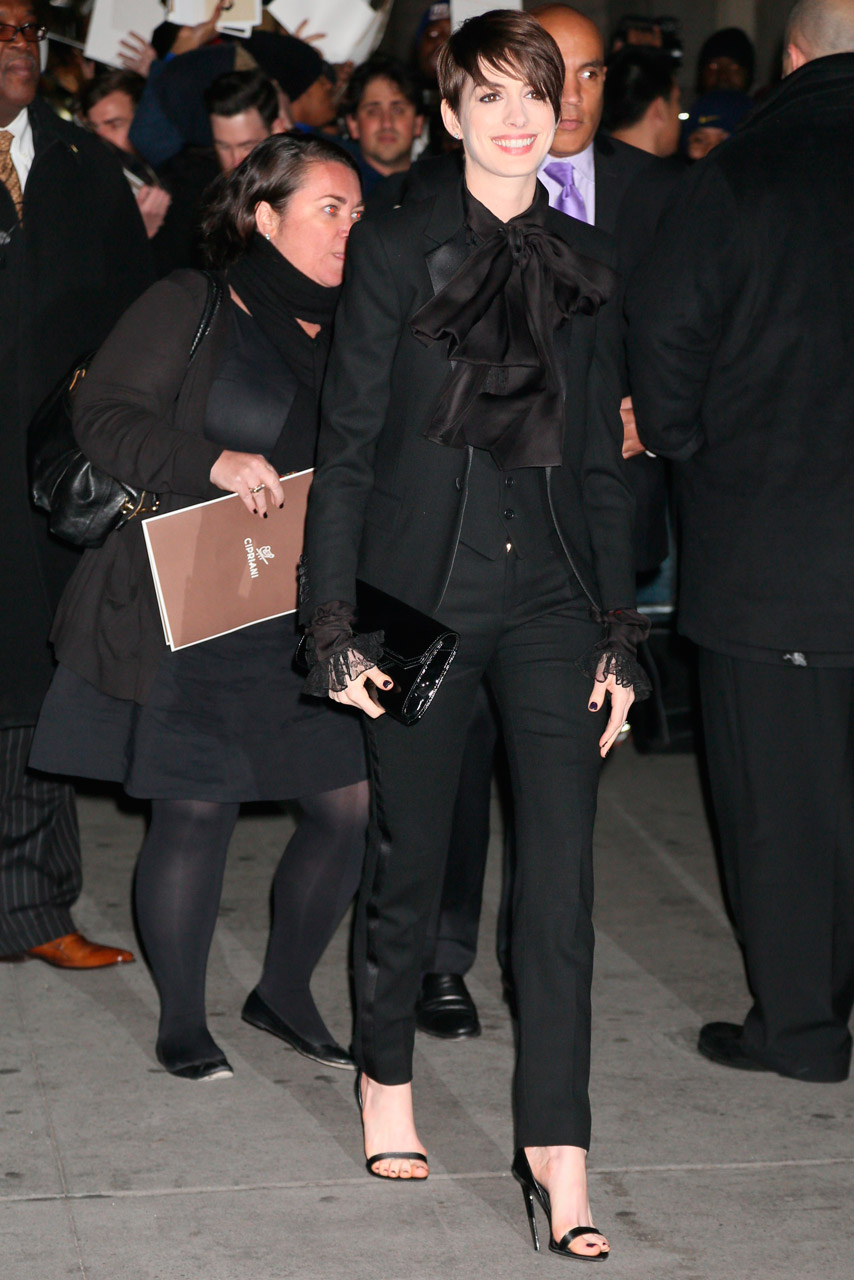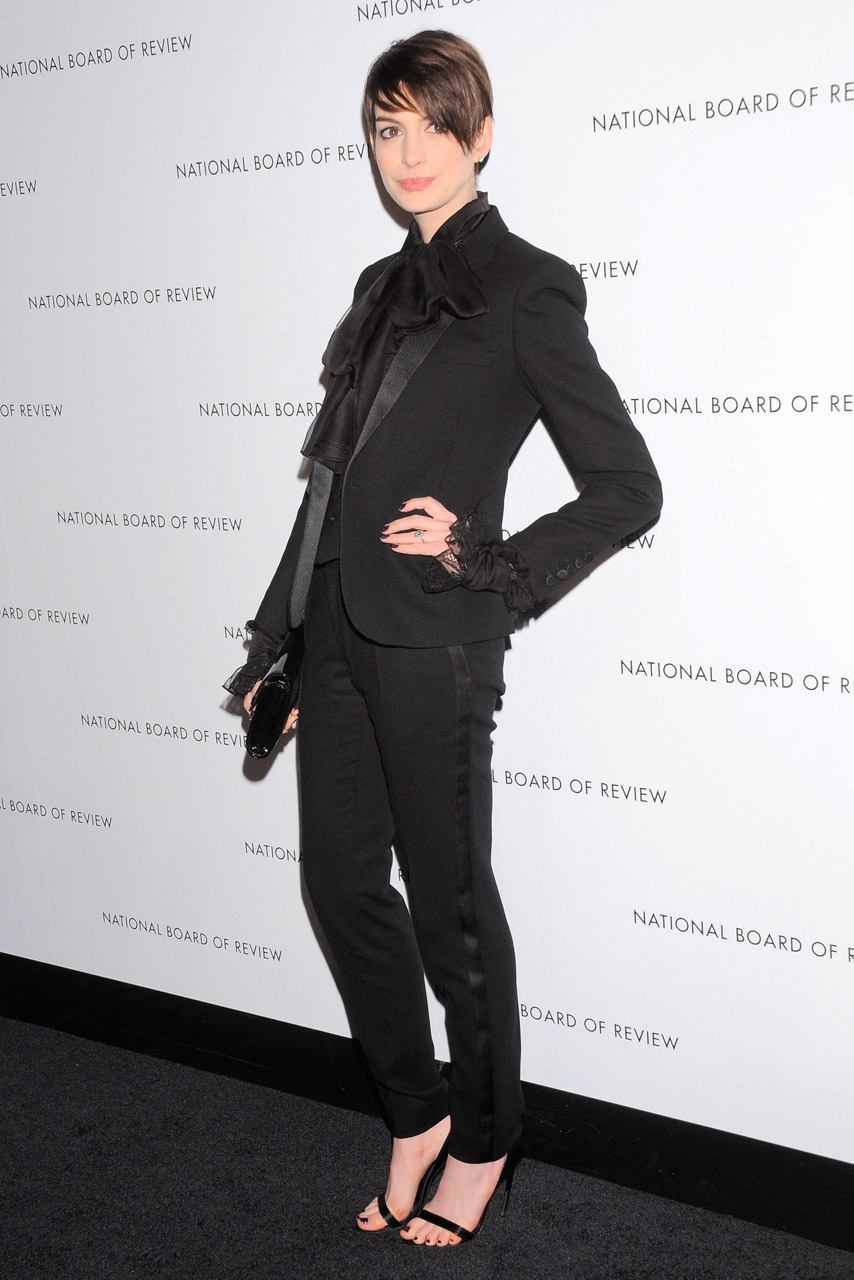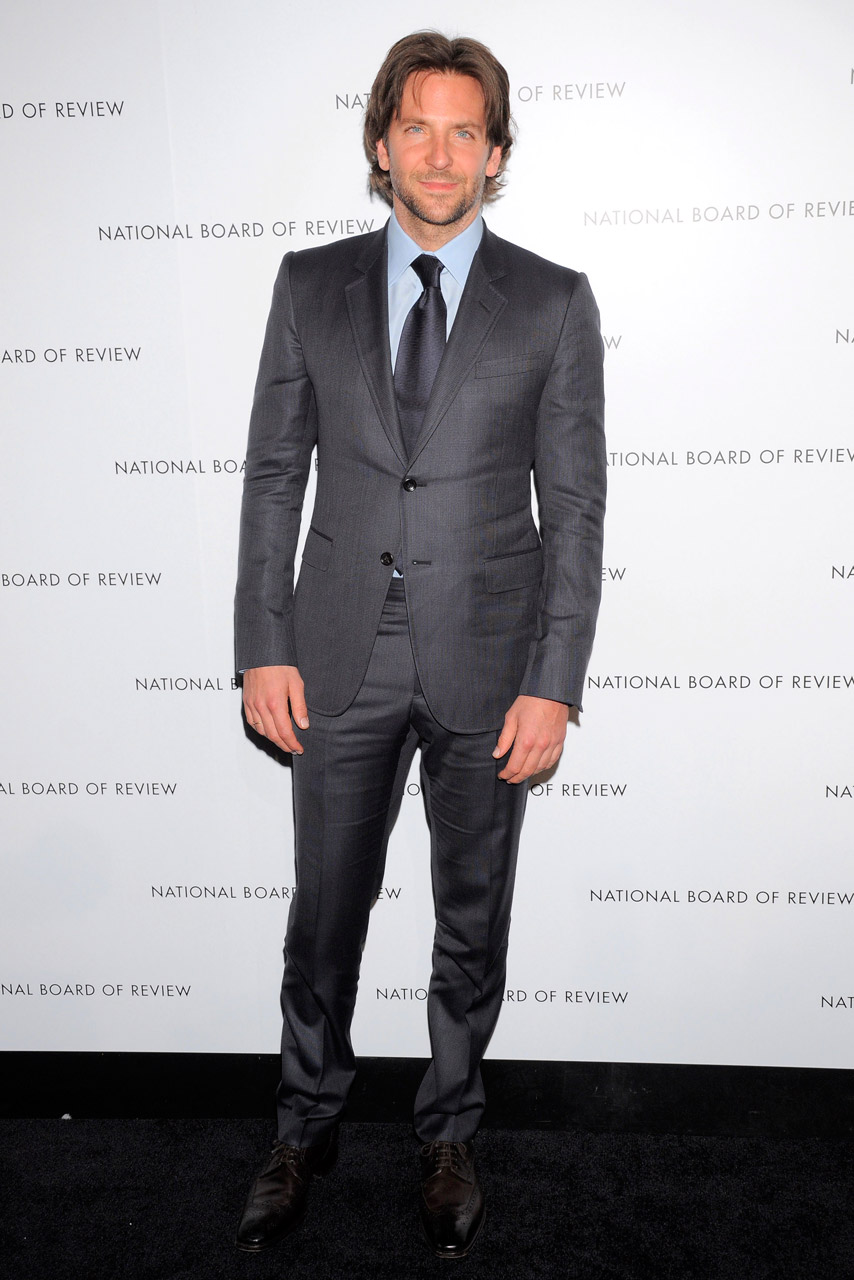
The worlds oldest underground network celebrates its 150 year birthday today.
HAPPY BIRTHDAY LONDON UNDERGROUND

It is difficult to imagine London without the underground, and indeed sometimes we wish the tube could extend into the bowels of Cornwall for ease of travel.
The idea for the underground railway was first seeded by Sir Marc Brunel and son Isambard, with the world’s first underwater tunnel, the Thames Tunnel (from Rotherhithe to Wapping), built between 1825 and 1843. This passage was originally designed for horse-drawn carriages but was later used for pedestrians, and is now part of London Overground.
The Metropolitan line, the first of what we now know as the underground network, was later built, travelling a mere 4 miles from Paddington to Farringdon Street. It soon received high demand, carrying up to 26,000 passengers a day after only a few months of operation. After the success of the Underground, the Hammersmith and City line was opened in 1864 by rival company GWR, travelling between Hammersmith and Paddington. In 1890 the first network to use electric trains was built, what is now part of the Northern Line.
Increased development meant that by the 20th Century there were six different companies operating underground lines in London. Fees were exorbitant, and making changes between lines was confusing (thank goodness we now have oyster cards that work for everything). In 1933 the rival companies were merged by the government into the London Passenger Transport Board (LPTB), which later became simply known as London Transport.
On 9 January 1863, the world’s first underground train pulled out of Paddington station to make the first passenger journey - around three and a half miles to Farringdon, travelling underneath the streets of London.

The original railway was built by the metropolitan railway, a private company which had been formed in 1854. the aim was to link up London stations at Paddington, Euston and Kings Cross with the City centre and business district. This photo shows Chancellor of the Exchequer William Gladstone inspecting the lines with directors and engineers of the railway company.

The famous tube map was thought up by english engineering draughtsman Harry C Beck. He based his design on an electric circuit instead of mapping the tube geographically. In 1933 the underground agreed to test out his design and printed 750,000 copies of the simple map. It very quickly became very popular in London and was copied around the world.

The Tube hasn't always been used just as a mode of transport, during the second world war its tunnels were used for a variety of purposes, including shelters. people spent many nights sleeping on tube station platforms to escape bombs that were raining down on London above the ground.

Things have changed a lot since 1863. Customers are now able to use a special card to tap in and out of stations and pay their fare, and can access the internet in stations. Three million passenger journeys are made every day, with trains serving 275 stations and over 408 km of railway.

To celebrate the 150th anniversary, the Royal Mail has printed a set of commemorative stamps. A series of short stories and poems are also being published to mark the Tube's birthday and events will be taking place across the Underground line throughout the year.

